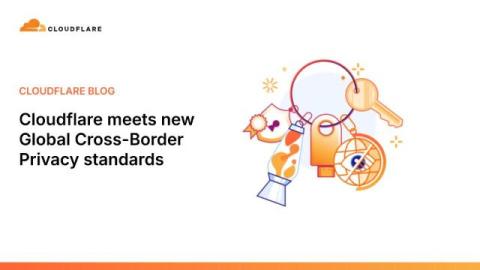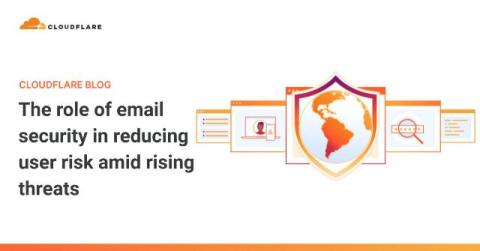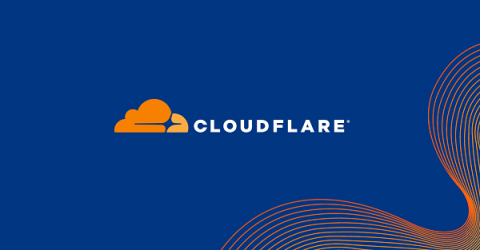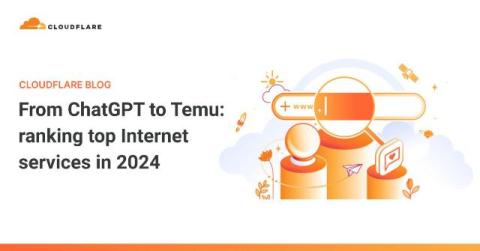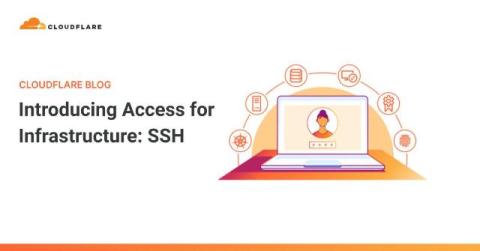Cloudflare meets new Global Cross-Border Privacy (CBPR) standards
Cloudflare proudly leads the way with our approach to data privacy and the protection of personal information, and we’ve been an ardent supporter of the need for the free flow of data across jurisdictional borders. So today, on Data Privacy Day (also known internationally as Data Protection Day), we’re happy to announce that we’re adding our fourth and fifth privacy validations, and this time, they are global firsts!


